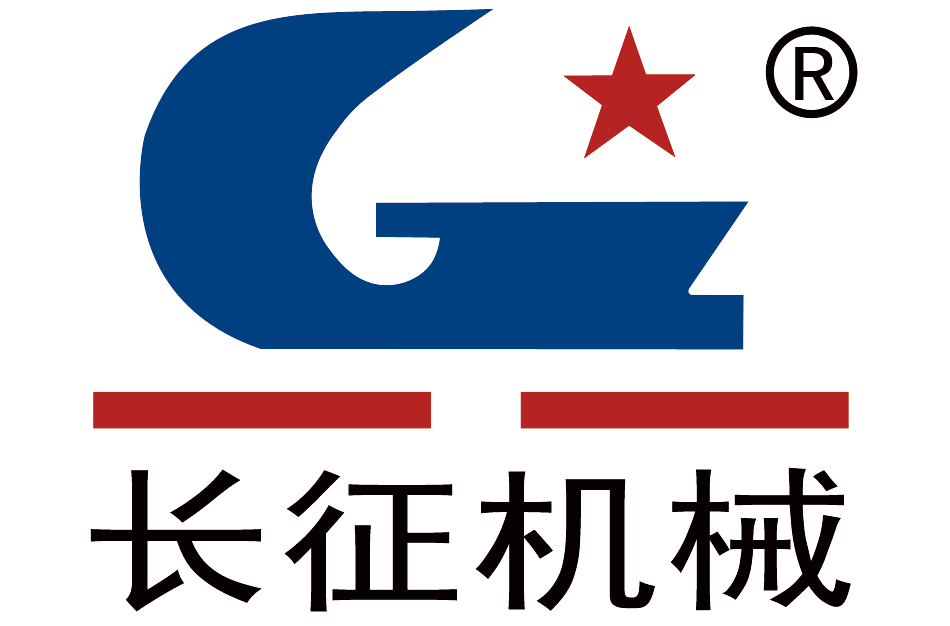21
2023
-
12
Belt conveyor belt deflection causes and treatment
Belt conveyor is widely used in building materials, metallurgy, coal, harbor, electric power and other industries for bulk material transportation. In the process of use, often encounter the phenomenon of belt deflection, material, accelerate belt wear or even tear the belt, thus triggering equipment failure, affecting production. Now on the belt conveyor belt deflection causes and treatment methods to do a simple introduction.
Belt conveyor is widely used in building materials, metallurgy, coal, harbor, electric power and other industries for bulk material transportation. In the process of use, often encounter the phenomenon of belt deflection, material, accelerate belt wear or even tear the belt, thus triggering equipment failure, affecting production. Now on the belt conveyor belt deflection causes and treatment methods to do a simple introduction.
1, the belt frame installation is not qualified, adjust the frame.
2, the head and tail wheel is not parallel, adjust the head and tail wheel to achieve balance.
3, the belt is too loose, adjust the tail wheel tension and increase the counterweight.
4、Downloading point is not correct, adjust or transform the downloading point.
5, the funnel on both sides of the baffle skin pressure is too tight, adjust the baffle skin. In general, the skin is adjusted to contact with the belt like non-contact. Both play a role in blocking materials and not wear the belt.
6, the funnel on both sides of the skin pressure force uneven or uneven height of the skin, should be adjusted evenly, the height of the same.
7, the head and tail wheel sticky material, timely removal.
8, the upper and lower rollers sticky material, timely removal.
9, belt roller frame deformation, replacement and adjustment.
10、Accumulation of material at the tail roller, clean up in time.
11, the head funnel plug or foreign objects and belt friction, should be cleaned up and removed in a timely manner.
12, head and tail and counterweight at the roller bearing bad, should be replaced in time.
13, the head of the belt machine, the tail of the pulley frame foot welding, displacement or frame deformation, should be promptly restored to the original position welded.
14, counterweight support bar tension rope broken or counterweight up and down sliding track clearance is too large, should be replaced in time to adjust.
15, the belt interface is not correct or the quality of the belt itself, should be cut and re-bonded or both sides of the block wheel.
16、Belt aging, serious wear and tear, uneven power on both sides, should be replaced.
17, the belt edge cracked mouth, should be dealt with in a timely manner.
18, the upper and lower rollers are bad, resulting in changes in the discharging point and uneven belt force, should be replaced in a timely manner bad rollers.
19, the funnel on both sides of the skin bad, to the belt glossy (reverse) sprinkle material, should be replaced in a timely manner.
20、Mechanical tensioning screw adjustment force is uneven, length is not the same, should be adjusted evenly, the length is the same.
21, empty belt running normally, with material bias, can be judged under the material point is not correct, the belt is loose, should be adjusted under the material point or tighten the belt.
22、Mechanical tensioning is normal in all places. Belt left bias, tighten the left screw or loose right screw; to the right bias, tighten the right screw, loose left screw.
23、Gravitational tensioning is normal in all places, belt deflection, can adjust the upper and lower rollers. If the belt deviates to the left, stand on the left side and adjust the upper and lower rollers to the direction of belt running, stand on the right side and adjust against the direction of belt running; if the belt deviates to the right, stand on the right side and adjust the rollers along with the direction of belt running, stand on the left side and adjust against the direction of belt running.



